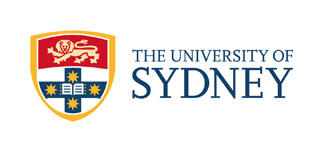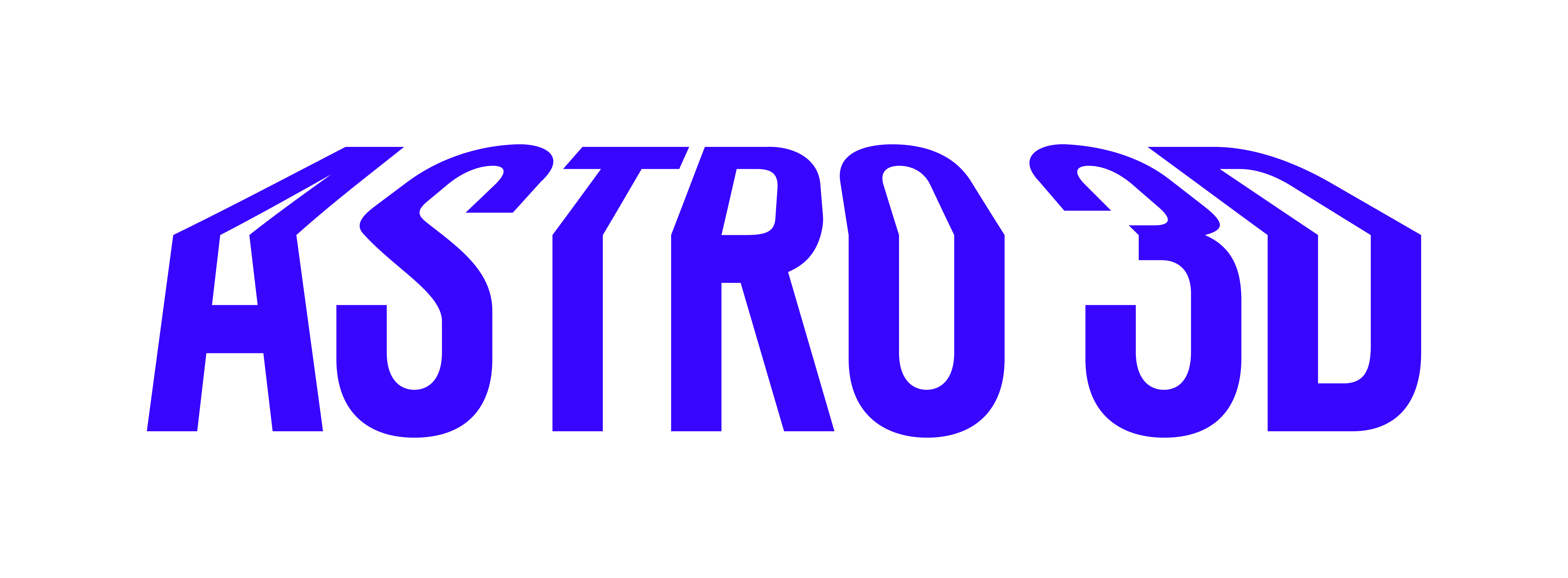Paper Abstract
In the low-redshift Universe (z < 0.3), our view of galaxy evolution is primarily based on fibre optic spectroscopy surveys. Elaborate methods have been developed to address aperture effects when fixed aperture sizes only probe the inner regions for galaxies of ever decreasing redshift or increasing physical size. These aperture corrections rely on assumptions about the physical properties of galaxies. The adequacy of these aperture corrections can be tested with integral-field spectroscopic data. We use integral-field spectra drawn from 1212 galaxies observed as part of the SAMI Galaxy Survey to investigate the validity of two aperture correction methods that attempt to estimate a galaxy's total instantaneous star formation rate. We show that biases arise when assuming that instantaneous star formation is traced by broad-band imaging, and when the aperture correction is built only from spectra of the nuclear region of galaxies. These biases may be significant depending on the selection criteria of a survey sample. Understanding the sensitivities of these aperture corrections is essential for correct handling of systematic errors in galaxy evolution studies.
ADS links here:
http://adsabs.harvard.edu/abs/2016MNRAS.455.2826R
and
http://adsabs.harvard.edu/abs/2016MNRAS.458.1300R




